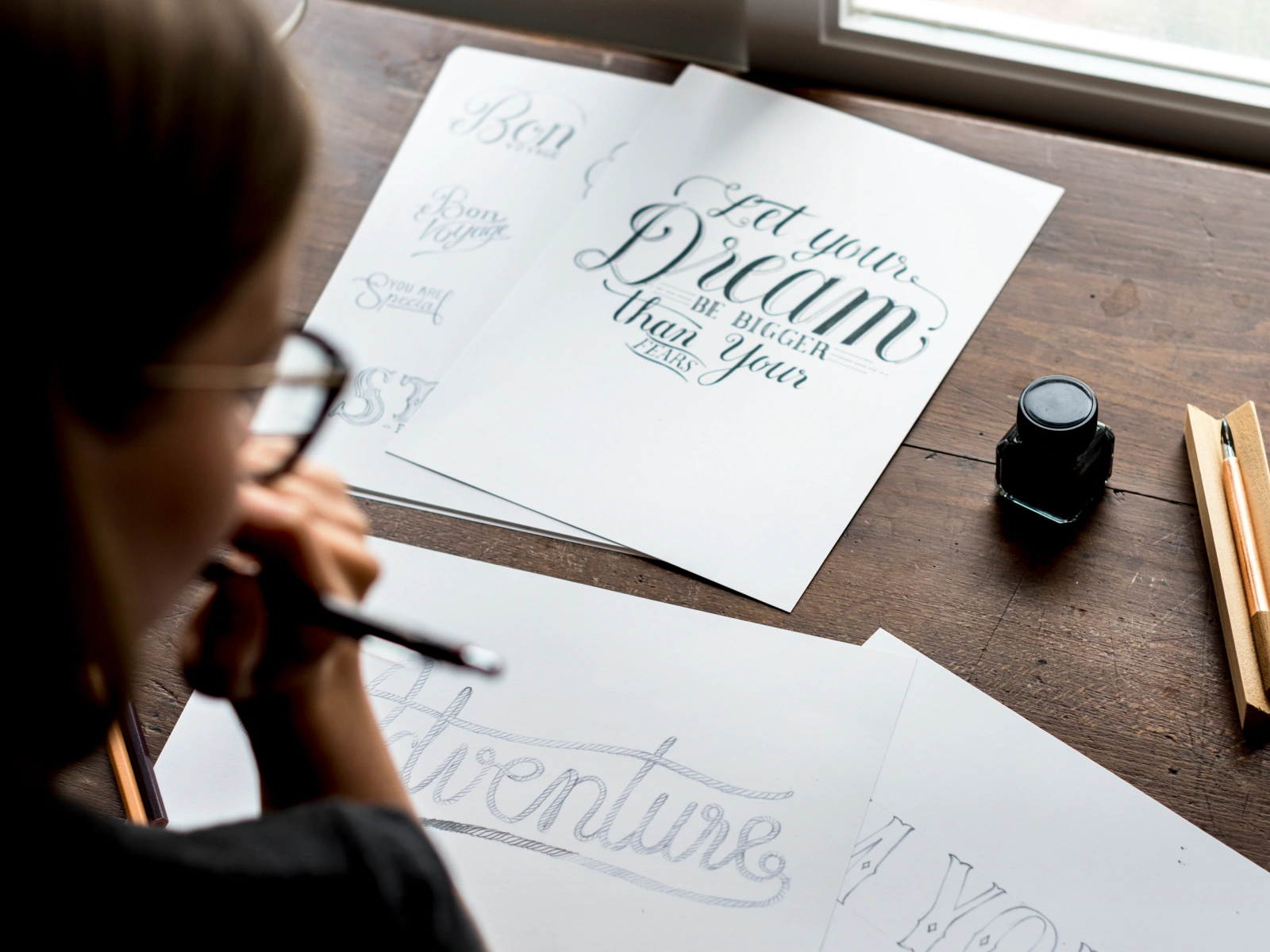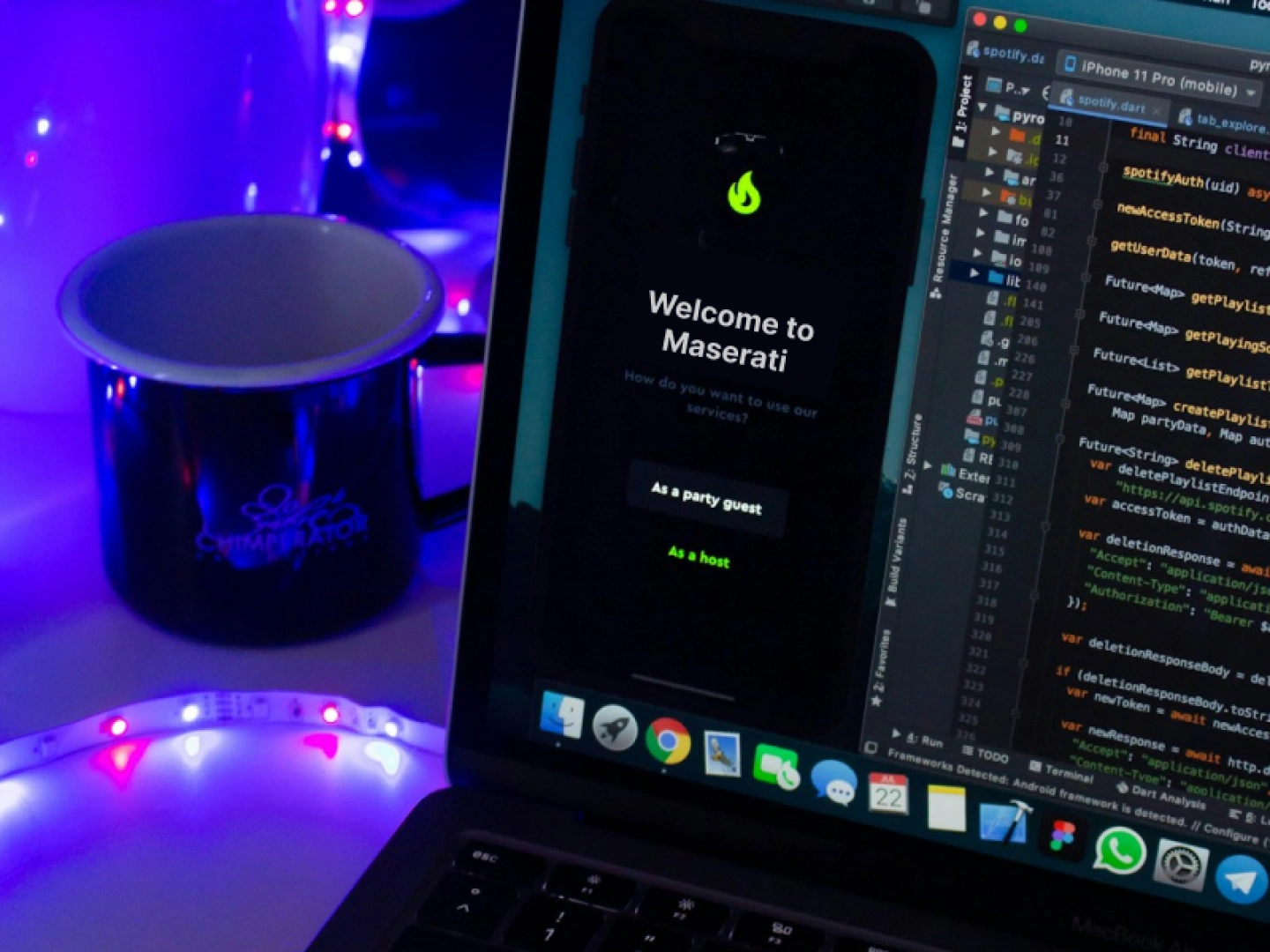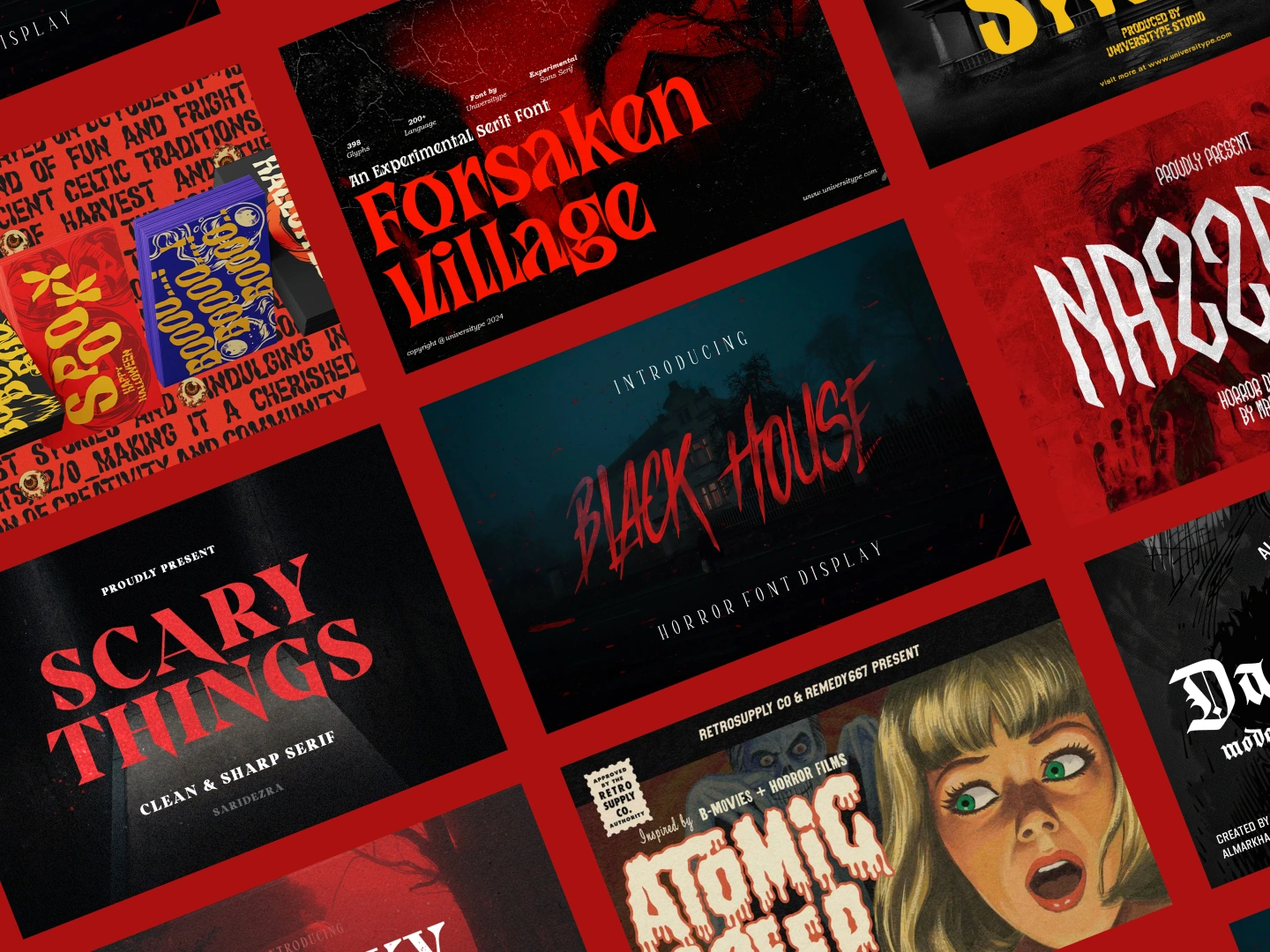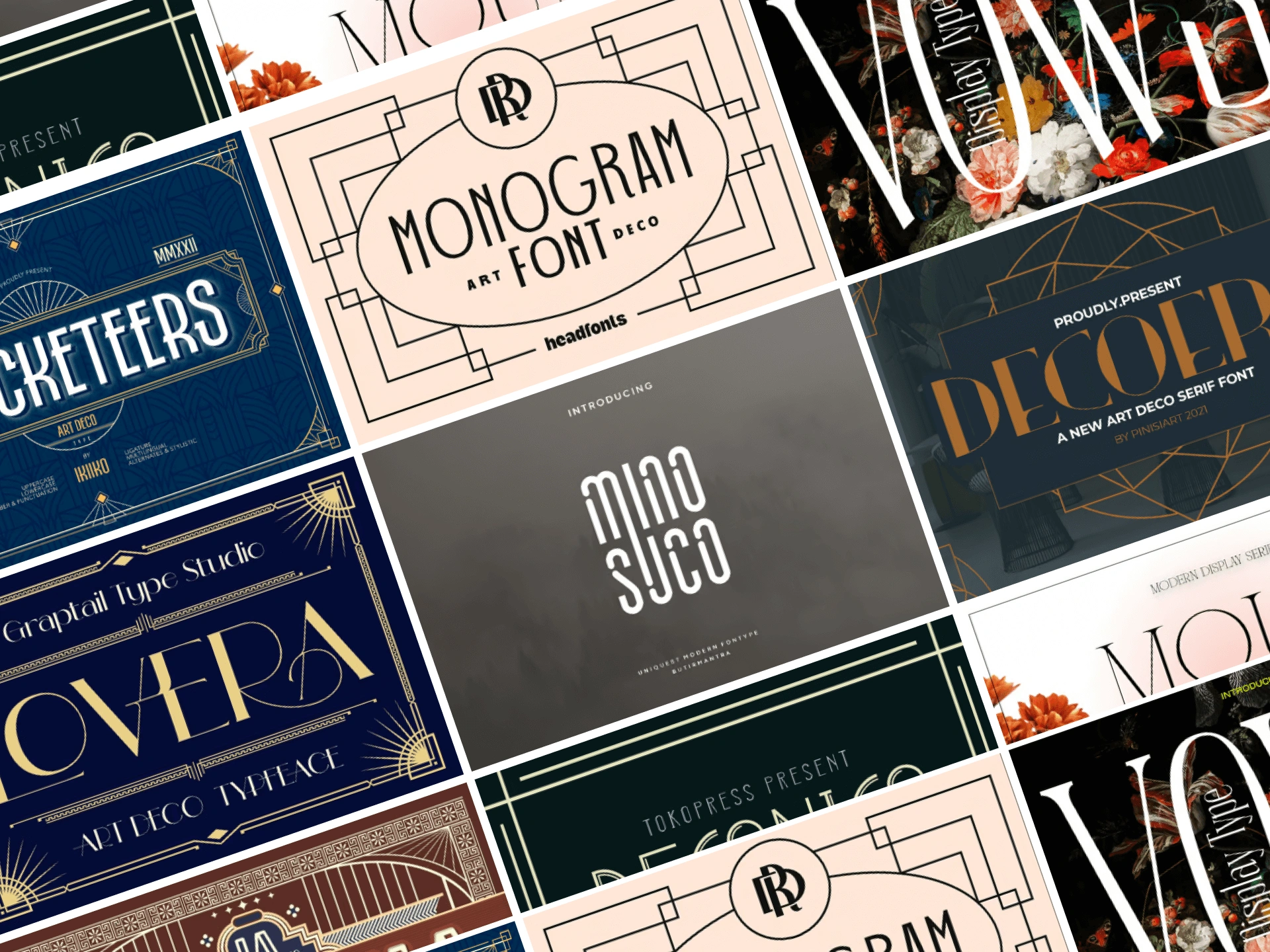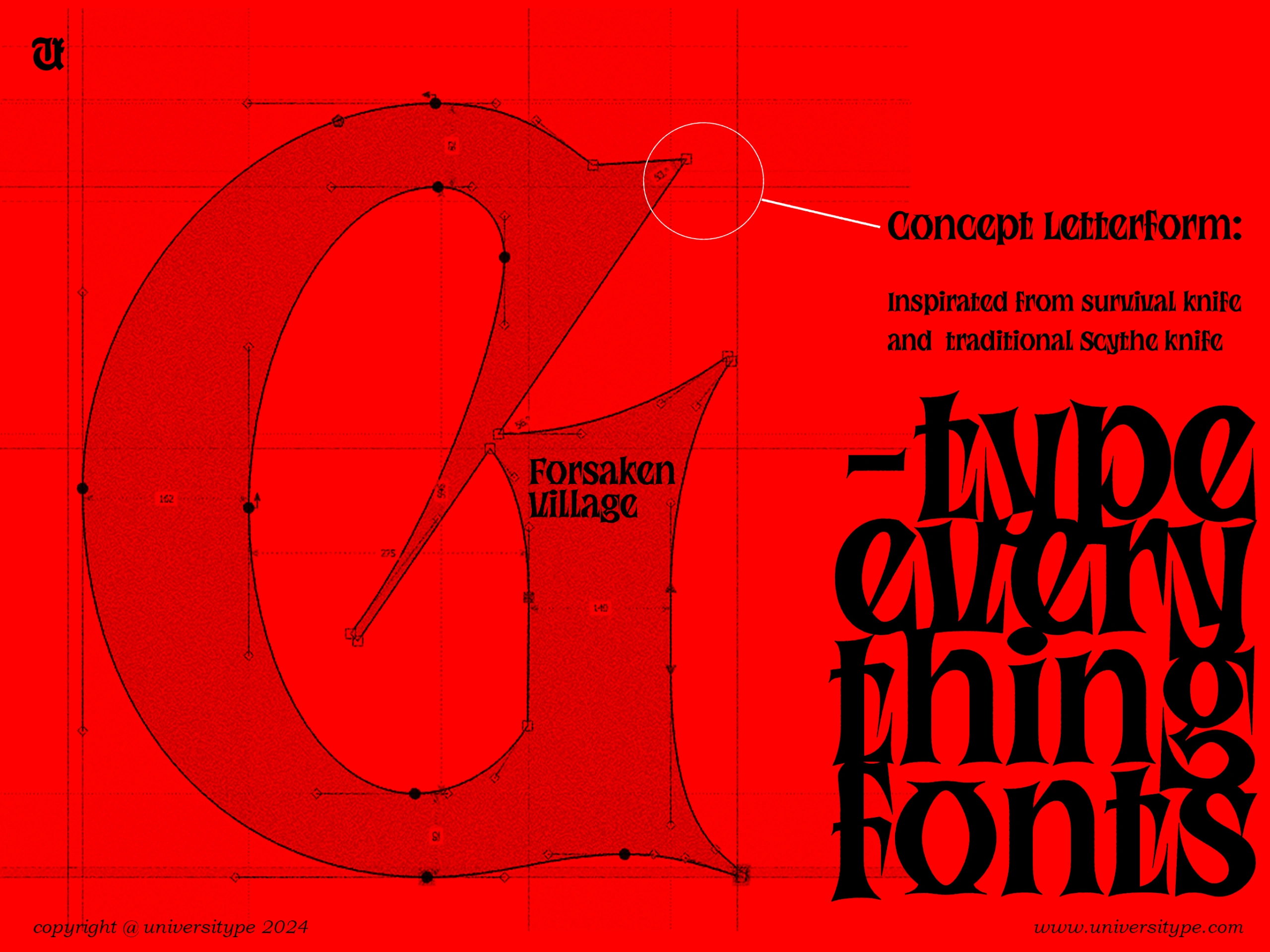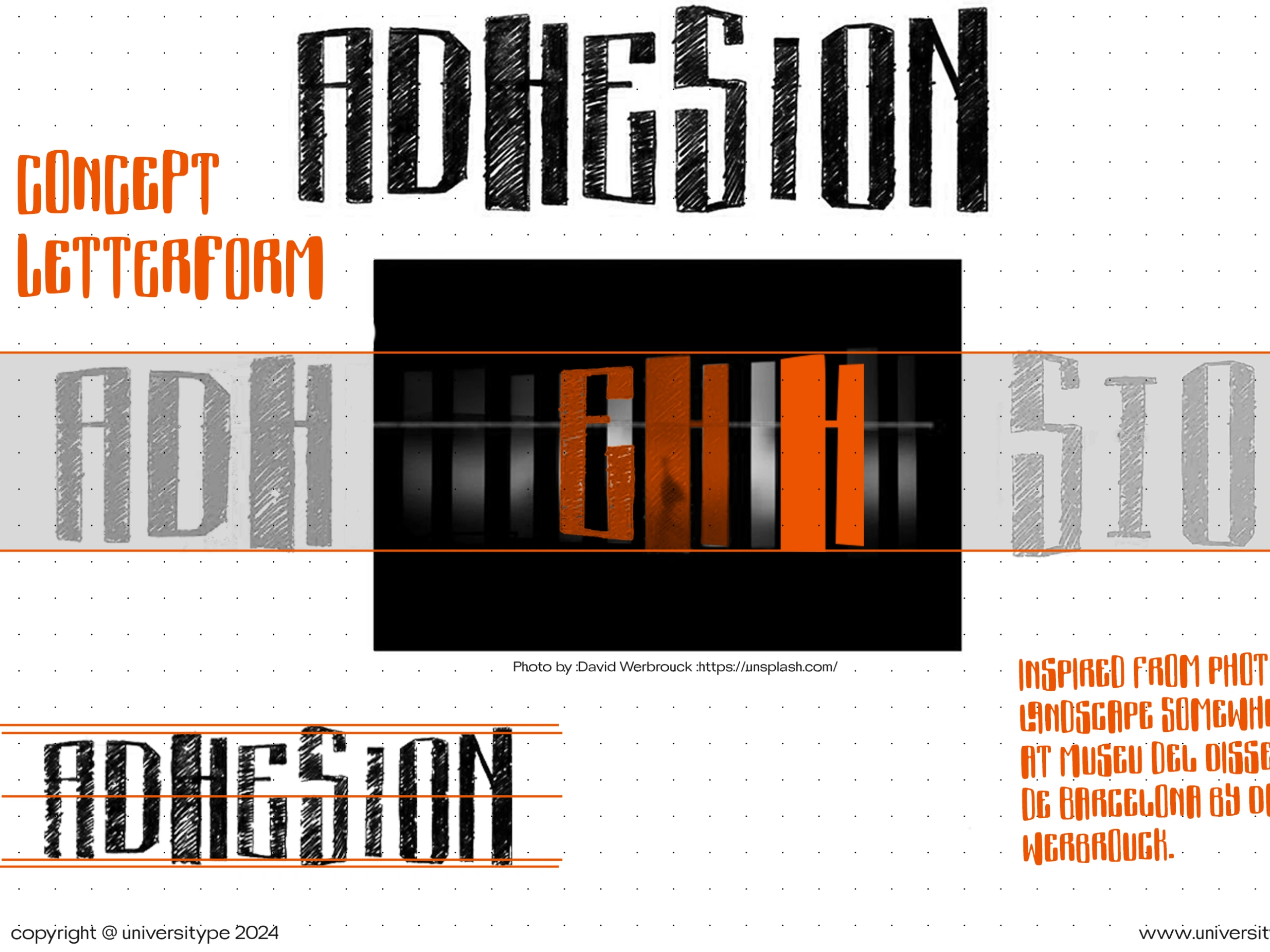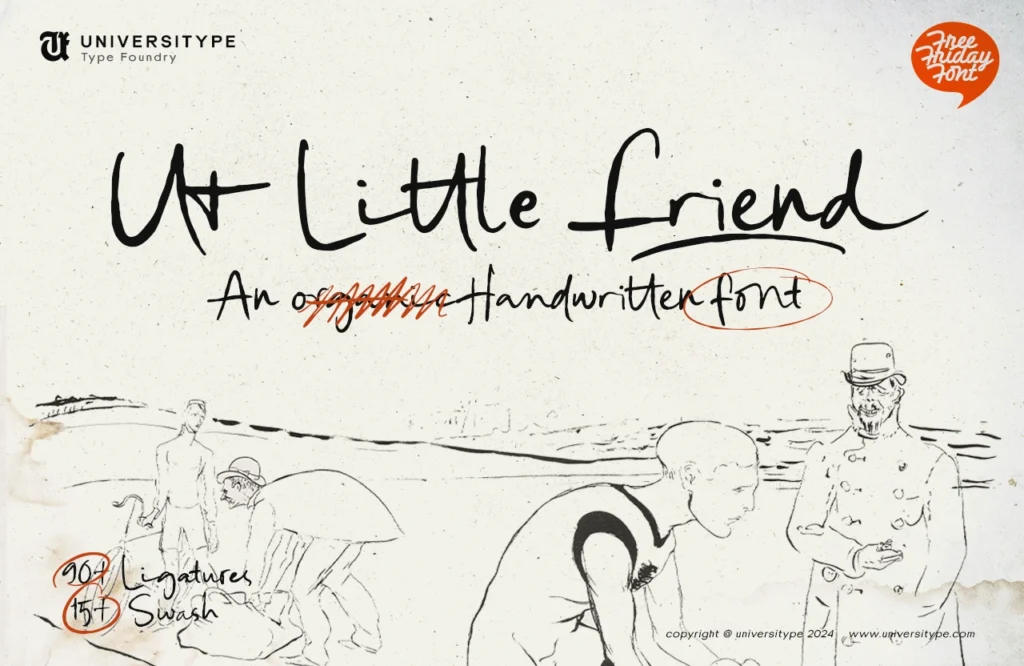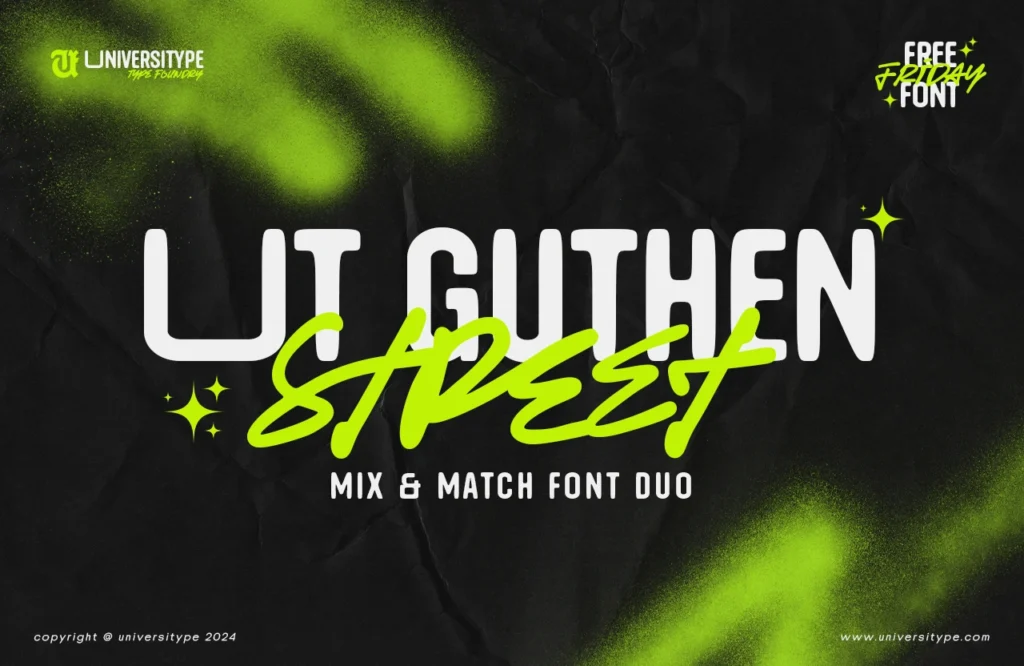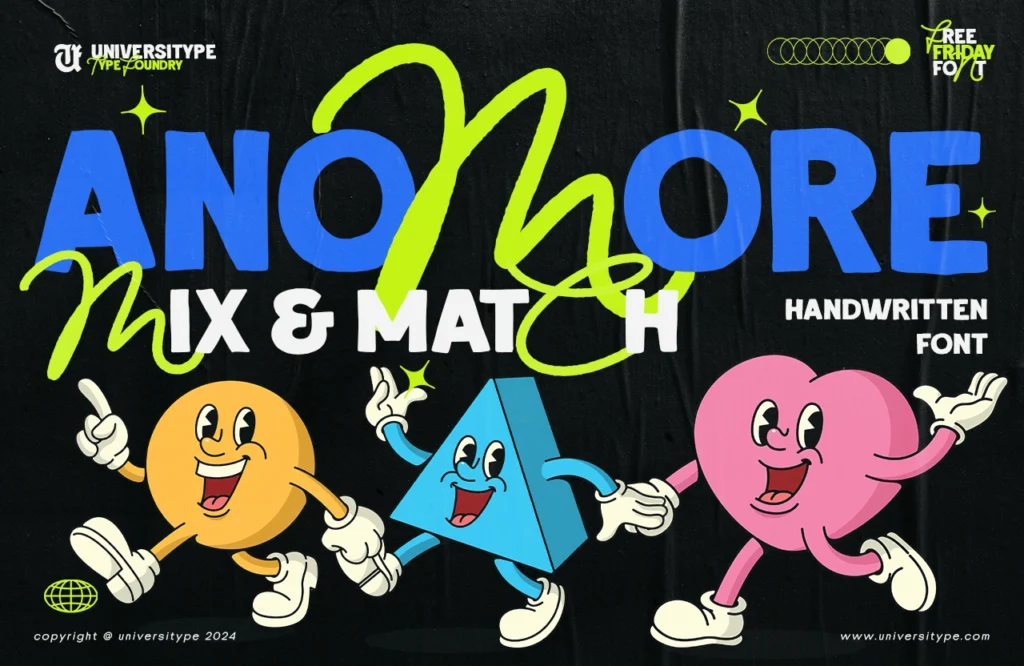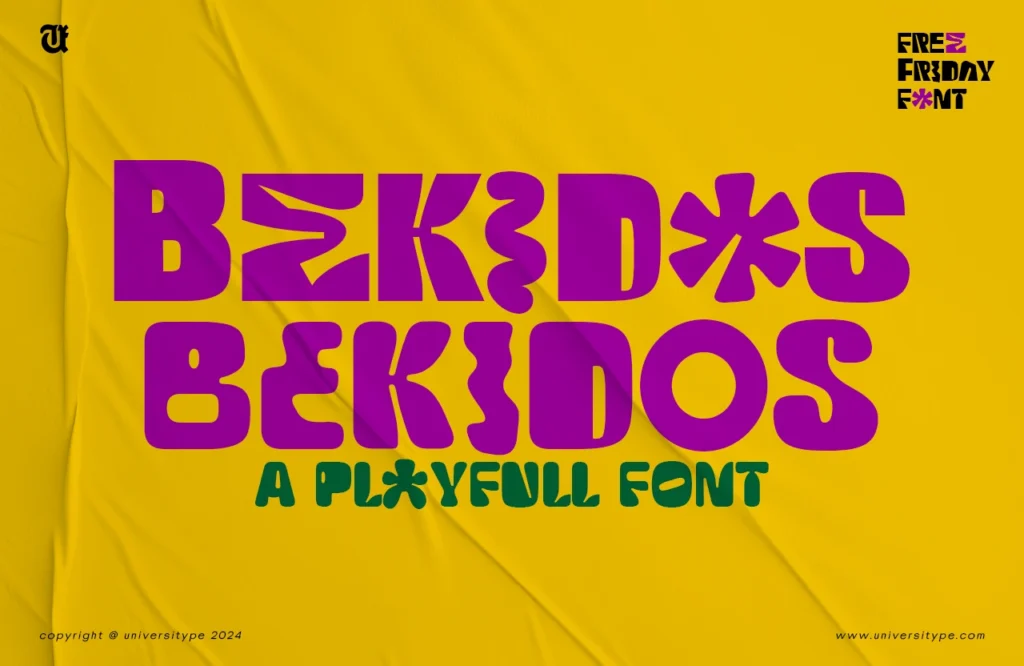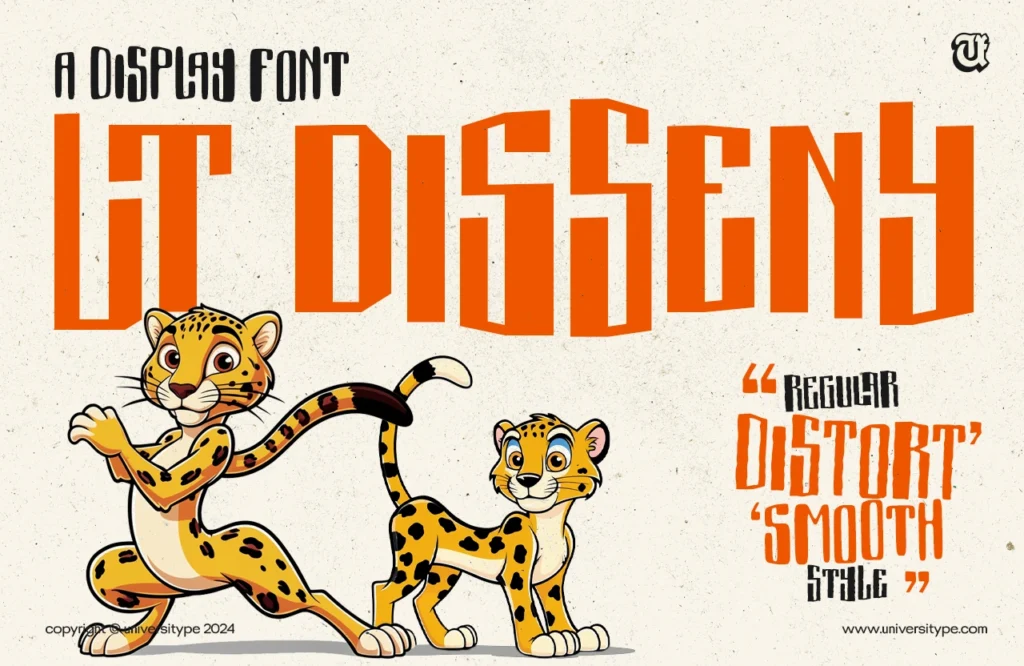The Art of Typography: Where Language Meets Creativity
Typography, often overlooked as a mere support to visual elements, stands as a powerful art form in its own right. It is the delicate dance of arranging type to not only convey information but to evoke emotions, set tones, and create unique styles. In the realm of art, typography blossoms into Typography Art, a creative fusion where letters, words, and phrases become the canvas, the paint, and the brushstrokes all at once.
The Evolution of Typography Art
From ancient civilizations to contemporary artists, typography has undergone a remarkable journey. With the advent of sophisticated technology, artists now blend traditional techniques with modern tools, reviving early symbols and infusing them with new meanings. This dichotomy between the past and the present, the meaning and the form, encapsulates the essence of typography art.
Recommended Reading for Deep Dive:
- “Typography: An Encyclopedic Survey of Type Design and Techniques Through History“
- “A Brief History of Typography” for a concise overview
Principles of Effective Typography in Art
- Legibility: The foundation of typography art; ensuring the message is clear.
- Readability: Crafting the flow of text for a seamless viewer experience.
- Aesthetic Appeal: Where artistry meets typography, making the piece visually striking.
- Emotional Resonance: Leveraging typography to evoke emotions and set the tone.
Inspiring Examples of Typography Art in Practice
Typographical Portraits: A New Dimension
- Peter Strain’s Masterpieces: Witness how letters form vivid portraits of icons like Freddie Mercury and Joaquin Phoenix as The Joker, blending typography with pop culture.
- Hand-Lettered and Brush Script Fonts: Explore the resurgence of these styles in advertising and product design, adding a personal, artisanal touch.
Tools for Creating Stunning Typography Art
- Software: Adobe Illustrator, Photoshop, and InDesign for professionals.
- Online Platforms: Canva and Behance for beginners and those seeking inspiration.
- Traditional Media: Brushes, inks, and paper for a tactile approach.
Getting Started with Typography Art
Whether you’re a seasoned graphic designer, a fine artist, or an enthusiast, typography art invites you to experiment and innovate. Here’s how to begin:
- Experiment with Fonts: Play with different typefaces to understand their emotional impact.
- Practice Hand Lettering: Add a personal touch to your digital creations.
- Follow Typography Artists: Platforms like Behance and Instagram are rich with inspiration.
- Take Online Courses: Dive deeper into the principles and practices of typography art.
Conclusion
Typography art is more than just arranging letters; it’s a vibrant medium that challenges and inspires. By embracing its evolution, principles, and the endless possibilities it offers, you’re not just creating art—you’re crafting experiences. So, grab your pen, or rather, your keyboard, and embark on this fascinating journey where every letter counts.

